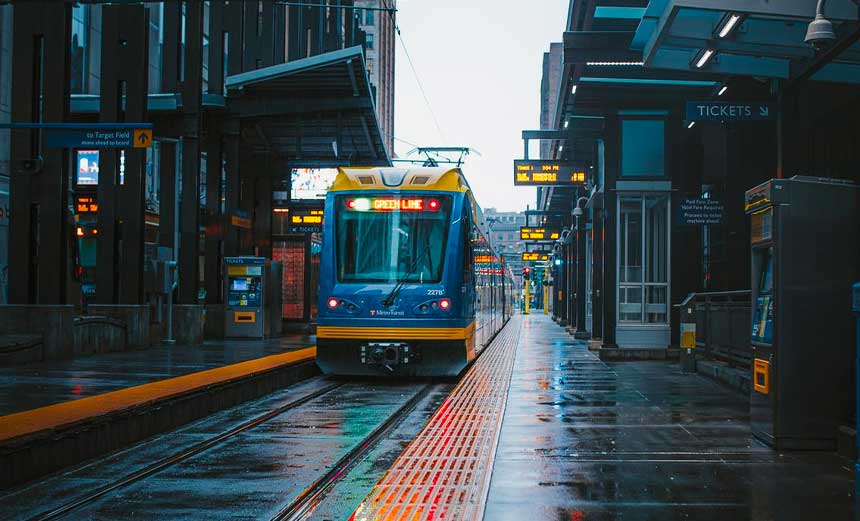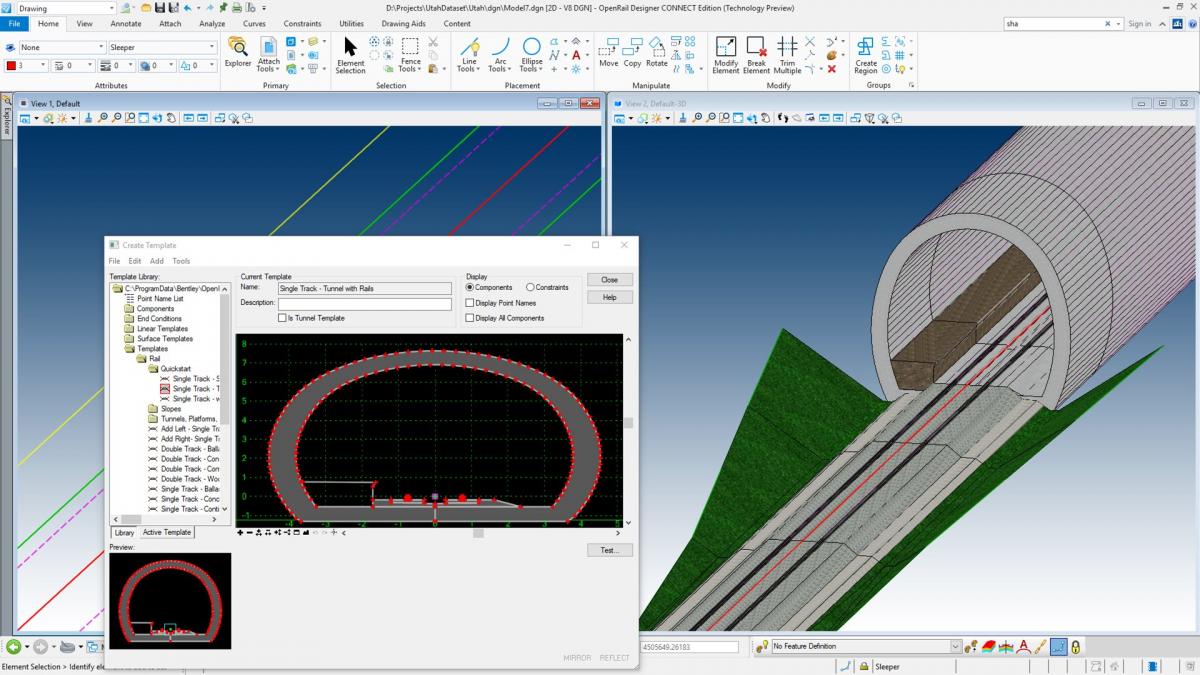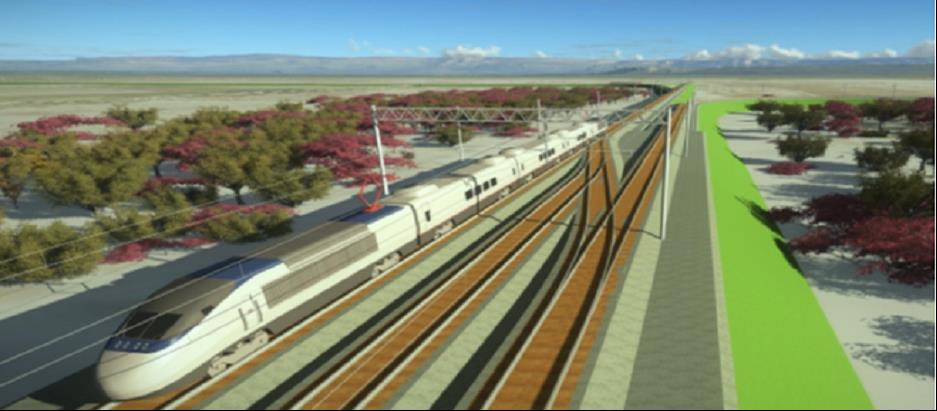Create conceptual track design including rail geometry, electrification, tunnels, and bridge design to evaluate more options during the planning and pre-bid project stage. Design more efficiently, identify high-risk items, and minimize costs.

Create conceptual track design including rail geometry, electrification, tunnels, and bridge design to evaluate more options during the planning and pre-bid project stage. Design more efficiently, identify high-risk items, and minimize costs.


OpenBuildings Station Designer improves design quality by optimizing the functional space layout of the station building and the path of travel for the pedestrian. Design, analyze, visualize, and simulate rail and metro stations of any size, form, and complexity. Create pedestrian simulation scenarios to improve the quality of your station design and facility operations.
OpenBuildings Station Designer provides building information modeling (BIM) advancements so you can deliver station design projects faster and with greater confidence in your design, workflow, capabilities, and deliverables.
Increase collaboration among architects, mechanical, electrical, and structural engineers with a shared set of tools and workflows. Integrate information you have from multiple formats and easily work on projects of any size. Simulate station buildings and predict real-world performance of the asset quickly and with precision to explore various options for iterative refinement.


OpenRail Designer provides modeling and design capabilities for metro, light rail, commuter rail, or high-speed rail design projects. You can save time on the design and maintenance of track, station, and yard design, as well as overhead line electrification (OLE), while significantly increasing productivity. Perform regression analysis, horizontal and vertical alignment, cant design, and turnout placement to international standards. Design OLE systems with customizable design standards and 3D modeling of wires and structures.


Create conceptual track design including rail geometry, electrification, tunnels, and bridge design to evaluate more options during the planning and pre-bid project stage. Design more efficiently, identify high-risk items, and minimize costs.